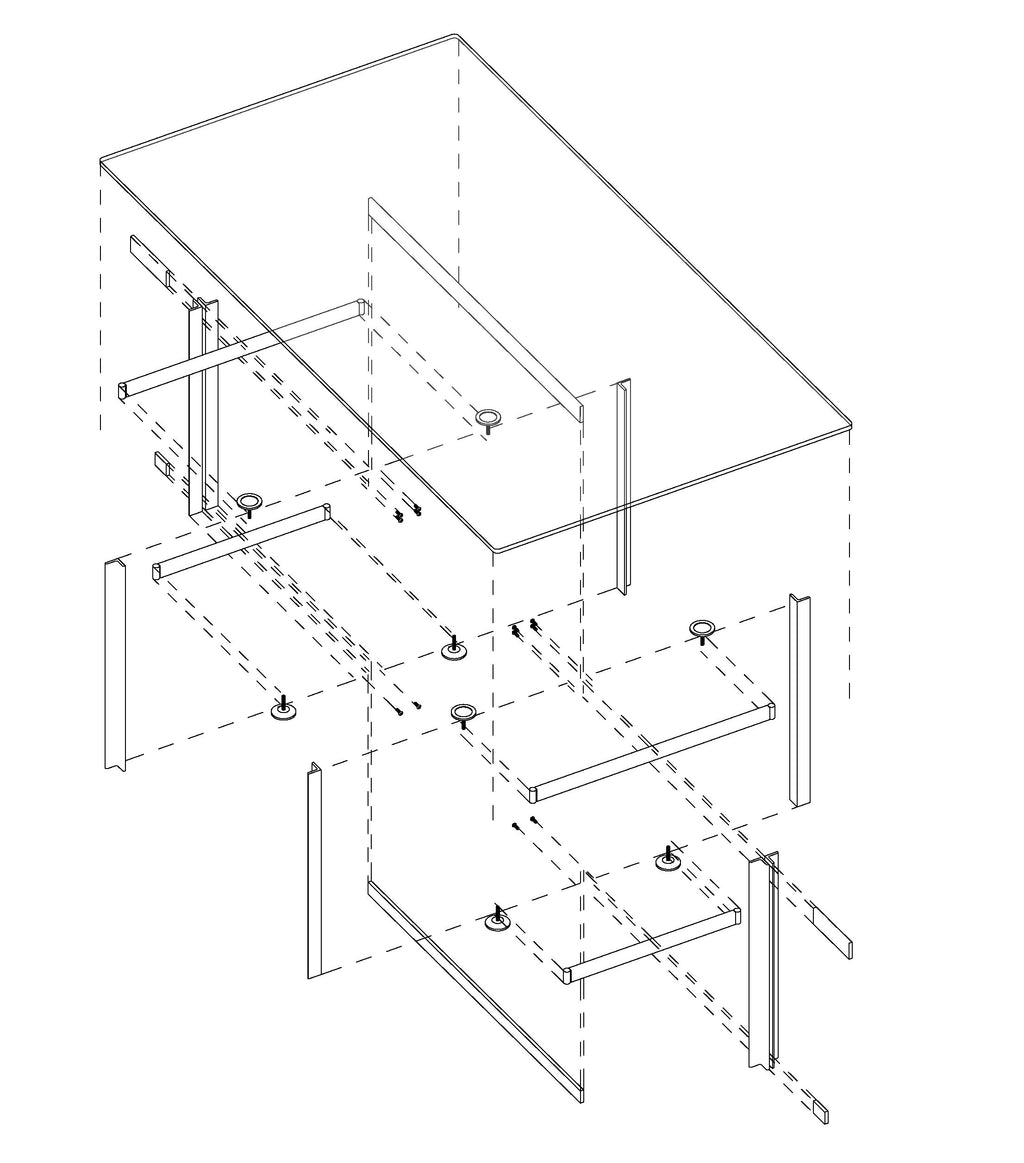
I recall a moment in architecture school when a professor succinctly pointed out that a diagram is an illustration of a concept.
Drawing objects isn't too hard - but illustrating a concept is always evasive. Think of playing Pictionary: It’s generally not a problem to quickly draw something (a noun) that already has imagery associated with it, say a bicycle, or an apple. But now try something more abstract; happiness, or simple, or complex.
The image above is my illustration of “tectonic.” Since we use this word so much in our product nomenclature; I figured that I better diagram it. And since we are discussing definitions, I’ll add some words to supplement the diagram. The word tectonic generally pertains to the large plates which slowly drag the continents’ around the earth; but we prefer the definition used by Robert Maulden in 1986. Maulden explained that:
Tectonics [is] the science or art of construction, both in relation to use and artistic design." It refers not just to the "activity of making the materially requisite construction that answers certain needs, but rather to the activity that raises this construction to an art form. It is concerned with the modeling of material to bring the material into presence: from the physical into the meta-physical world.
At Eric Jacoby Design, we extend the definition to mean the transparent technology. And adhering to this principle, our products are intended to be diagrams the way they are built.
Many products in our lives utilize technology that is hidden and intangible (like our smart phones). In contrast, our design team is fascinated by the moving pieces and the intrinsic relationship between the technology and the form of products that have palpable and transparent technology such as engines, bridges, wind-up watches and bicycles.
As we build furniture and toys at Eric Jacoby Design, our goal is to express every component and every connection – a physical diagram of the systems and features unique to each individual product. Instead of hiding the connections, and components, we try to express them and celebrate them.
By incorporating transparent technology, our products design, construction (and repair-ability) are easily understandable to anyone curious enough to look. We are committed to this value in order to create products that are tangible, thought provoking, and long-lasting.